Careful With Sharp Swords! How to Choose a Blade?
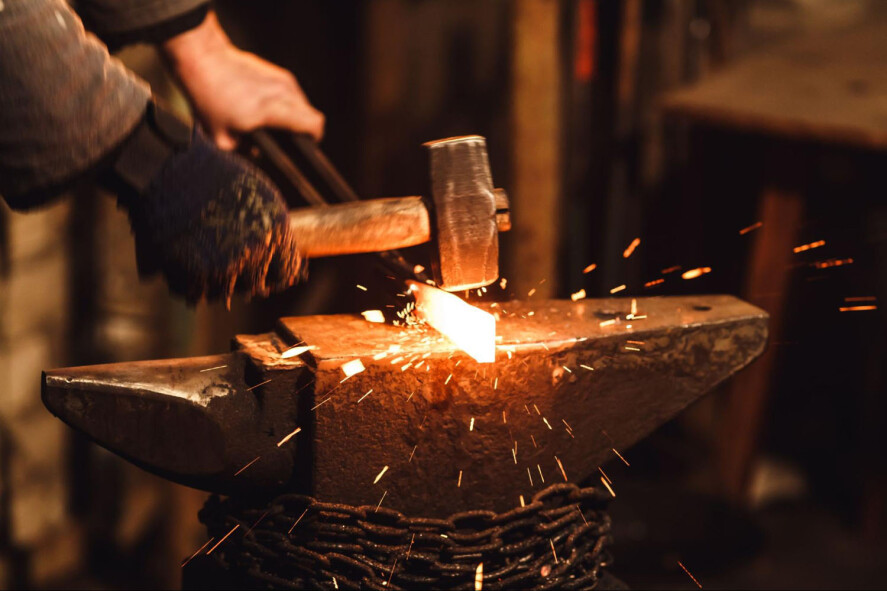
Contents
Swords can be divided by the sharpness of the blade into:
- sharp swords
- unsharpened or blunt swords
However, that is not the only way to classify swords. There are several subcategories, and each subcategory has its purpose.
Sharp swords
Blades that can be sharpened
Most common type of blade of all functional swords, the so-called edge ready. The blade is blunt, but it can be sharpened anytime. It is forged and ground to the correct edge geometry needed for proper sharpening later. There is no need for you to remove large amounts of excess steel before sharpening.
These swords are suitable for fencing with no contact or for training purposes because their properties are similar to the actual swords. For the purposes of historical fencing, sharp swords should only be used by skilled professionals equipped with adequate protective armour.
At first glance, sharpened and blunt edges are almost impossible to tell apart, except sharp swords can inflict serious injuries. The thickness of the blade is usually between 0.3 and 1.0 mm, and final sharpening requires the edge to be narrowed further by a very small layer of metal.
You can sharpen a sword yourself, or you can have it sharpened by a professional blacksmith, knife maker, swordsman or locksmith. However, for safety reasons, we do not recommend sharpening swords at home without the necessary equipment. Sharpening, if not done properly, can damage the blade and can also cause serious injury.
Sharpened functional swords
These swords mainly have a decorative function. They are used for training or for chopping (material) only in exceptional cases. Their blade is sharpened right from the start. It is not as sharp as a quality kitchen knife, but there is a danger you will cut yourself!
You should also note that the sharper the edge, the easier it is to damage the blade. If you want to use your sharp sword for cutting material or, for example, for serving food, you can sharpen the blade even further. But we do not recommend that, for safety reasons.
Very sharp
Very sharp swords can be found in our section for dangerous items. The name of the category speaks for itself! The swords are sharpened to the maximum level of sharpness, comparable with a high-quality kitchen knife. Mere contact of the sword with the hand can be dangerous. The edge of such swords is only about 0.1 mm thin.
Warning
Sharp swords should be handled with the utmost care. If you are not careful, you can seriously injure yourself and the others. We recommend treating sharp swords in a similar way as loaded firearms. Never use these swords for stage fencing, LARPs or battle re-enactments. If you choose to use a sharp sword for display, always keep it in a safe place, out of the reach of children, and handle it with the utmost care.
Swords for stage fencing
If you are looking for a fencing weapon, have a look at our fencing swords. Fencing swords are ideal for the training of fencing. The combination of a specific shape, geometry, and blunt edges makes them firm and able to withstand repeated blows and hits. Fencing swords in our store are divided into five categories.
A special category contains training weapons, wooden fencing swords. They have different properties than steel swords, but they are safe to train with, because you do not have worry about injuring others neither about damaging your sword. Wooden swords are also cheaper. They are made of durable types of wood such as ash, oak or beech. New additions to the training swords category include polypropylene swords, which is an even more suitable option for training!
Unsharpened
Unsharpened swords have a blunt blade and they are not intended for sharpening at all. They are functional swords suitable for fencing, with a specific blade geometry and thickness of the blade between 2 and 2.5 mm. Thick and rounded edges minimize the risk of injury (the impact of the blow is distributed over a larger area), and they are resistant to damage.
Even when you are fencing with blunt-edged swords, make sure to always use protective gear and equipment. A strong and well-aimed blow with a blunt sword can easily cause a serious injury.

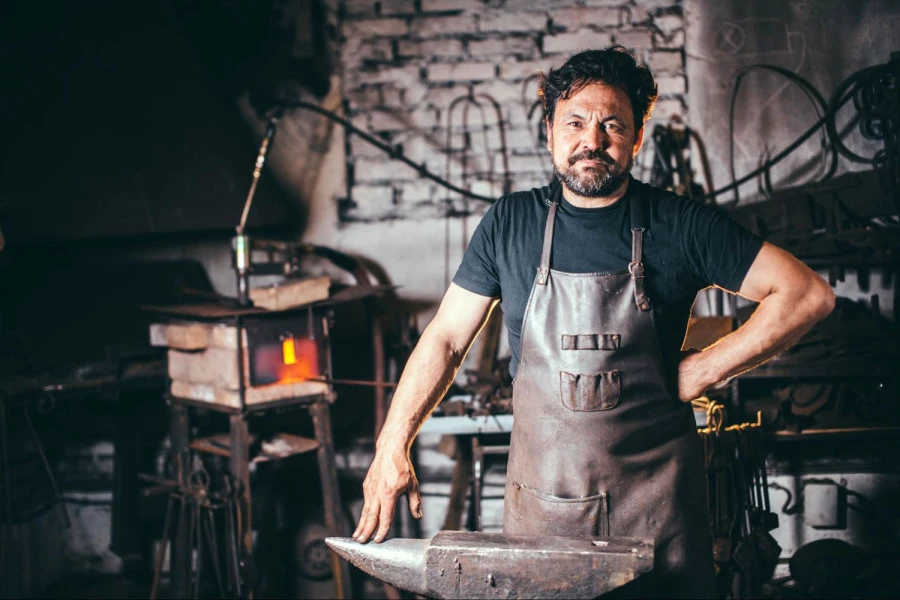
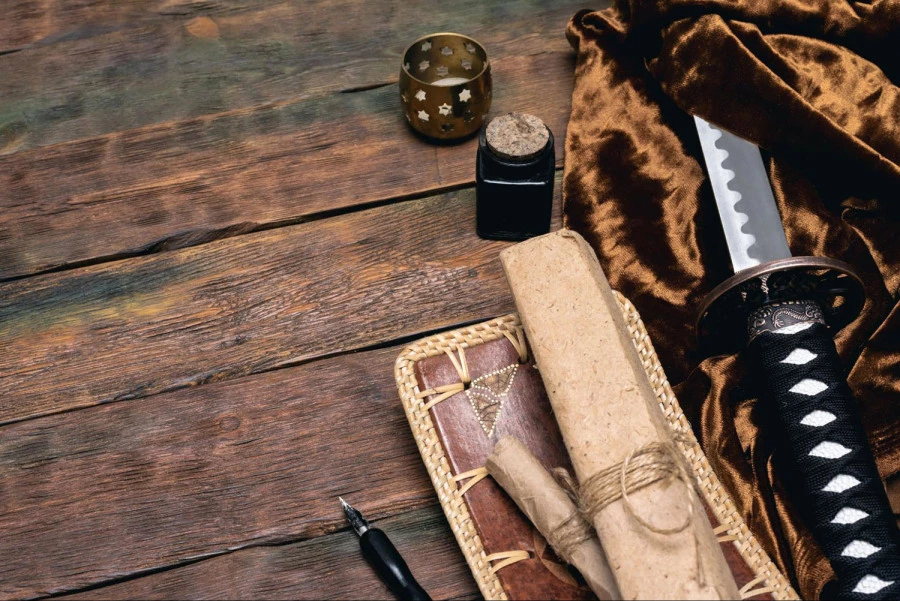
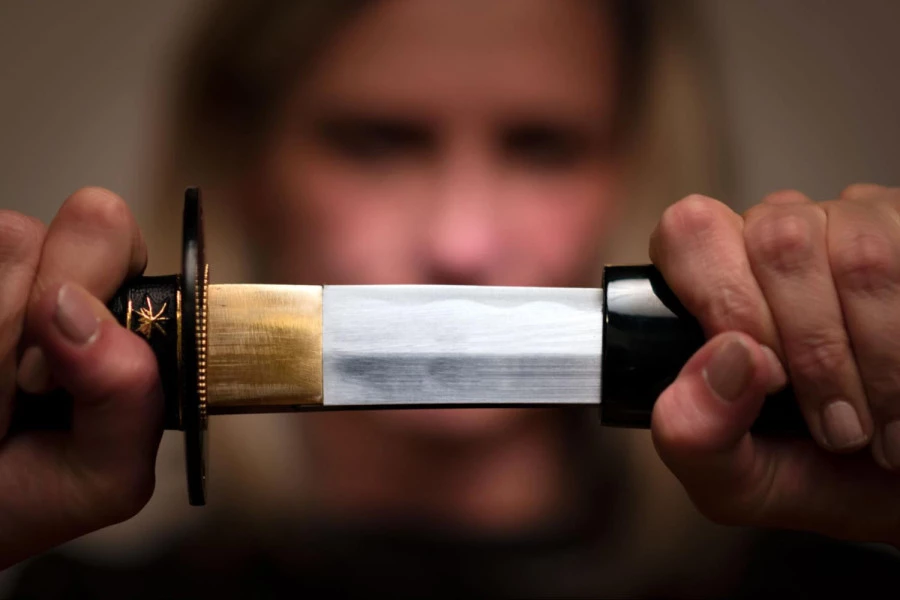
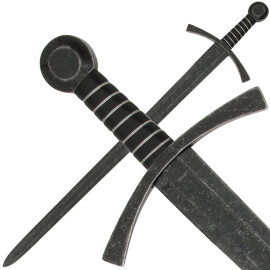
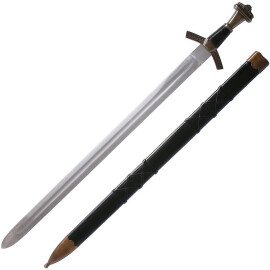
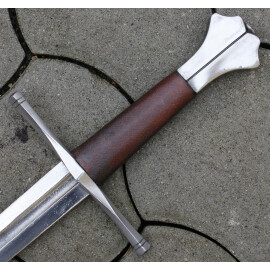
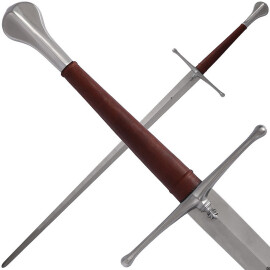
Comments